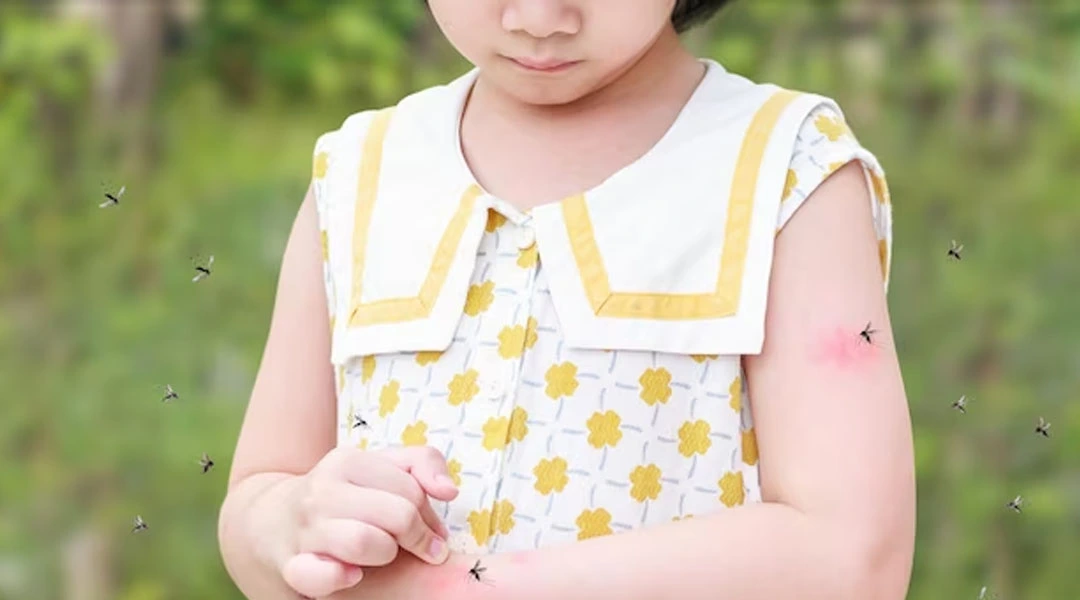Philippines’ Mafe Cabreros goes to great lengths to shield her children from the perils of dengue, a prevalent mosquito-borne disease in their region. Living in an area where dengue runs rampant, she understands the importance of protection. Dengue, like malaria, is transmitted through the bite of an infected mosquito. In a December 2024 report by Frontiers in Public Health, it was highlighted that Southeast Asia holds significant concerns regarding dengue, with over a billion people residing in countries endemic to the disease.
Cabreros herself has experienced the horrors of dengue and now diligently safeguards her small abode in Manila against these disease-carrying mosquitoes. She shares her worry for her young daughters aged one and nine:
“In the evening, at 4 or 5 o’clock… I light the coil all around my house to prevent mosquitoes.”
The World Health Organization reports staggering numbers – with 6.5 million cases of dengue recorded in 2023 across more than 80 countries worldwide, resulting in over 7,300 deaths linked to this disease alone. However, dengue is just one among several diseases spread by mosquitos including malaria, chikungunya, lymphatic filariasis, yellow fever and Zika.
Various methods are being explored globally to combat mosquitoes; from genetic modifications altering their breeding patterns to developing vaccines for diseases like malaria. At the University of South Florida though, researchers are delving into artificial intelligence as a novel approach. By employing AI technologies to identify various disease-carrying mosquito species efficiently aiding health officials in pinpointing high-risk regions for timely intervention.
Ryan Carney from the University of South Florida emphasizes how crucial it is to detect specific mosquito species responsible for transmitting diseases since not all mosquitoes pose health risks:
“Mosquitoes are responsible for over 700 million infections… less than 3% of mosquito species transmit diseases.”
Identifying critical species would significantly enhance surveillance and control efforts against outbreaks during peak seasons.
Carney explains their innovative device’s functionality:
“There’s an attractant in the trap… [the] female mosquito will fly into the trap… we have algorithms that process that image… identify… species… information is then shared with the user.”
While deployment may take time before reaching areas like Philippines due to logistical challenges; researchers assure that these AI-powered devices offer promise as additional tools in combating disease-bearing mosquitoes effectively and affordably at scale.

